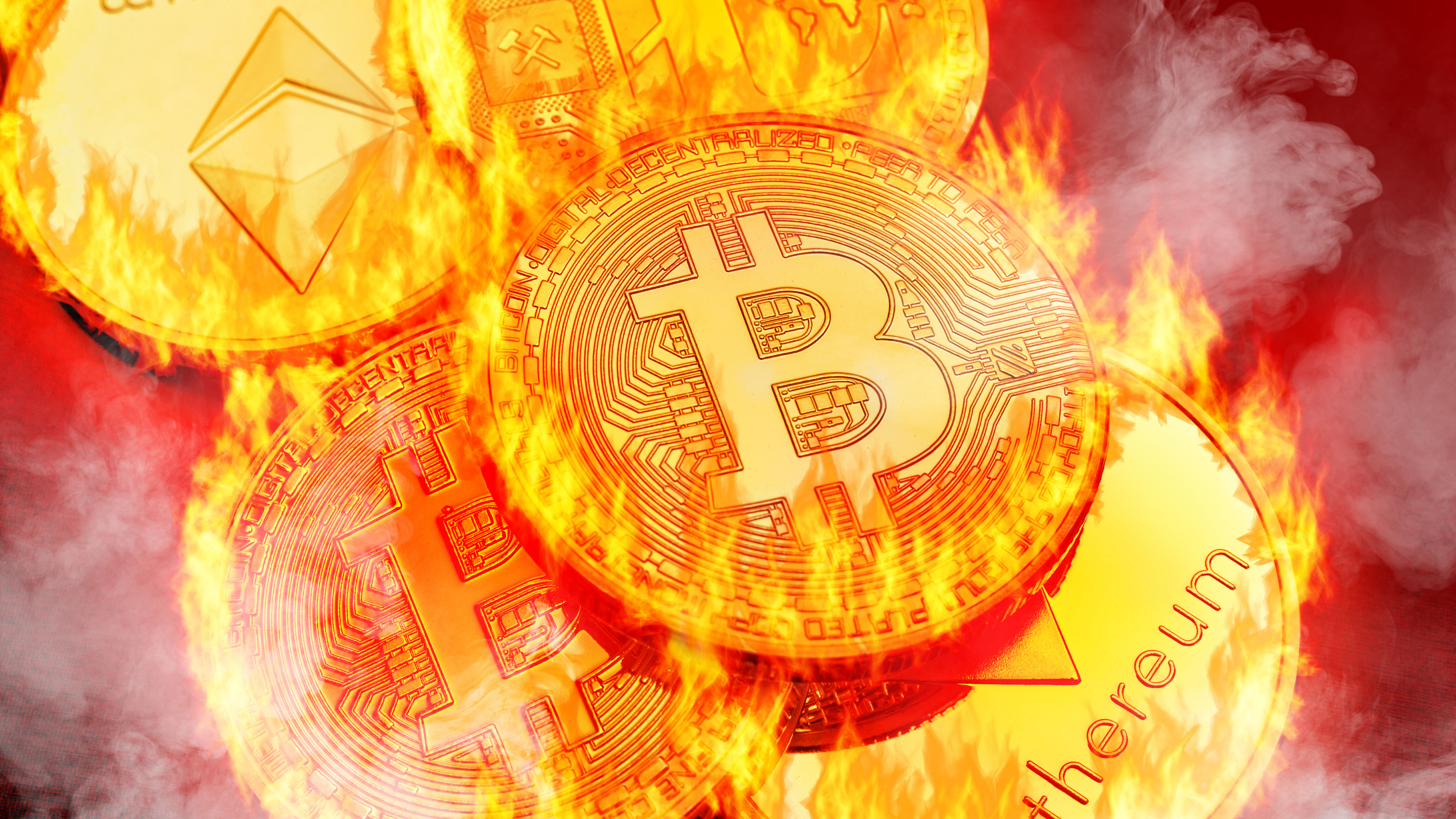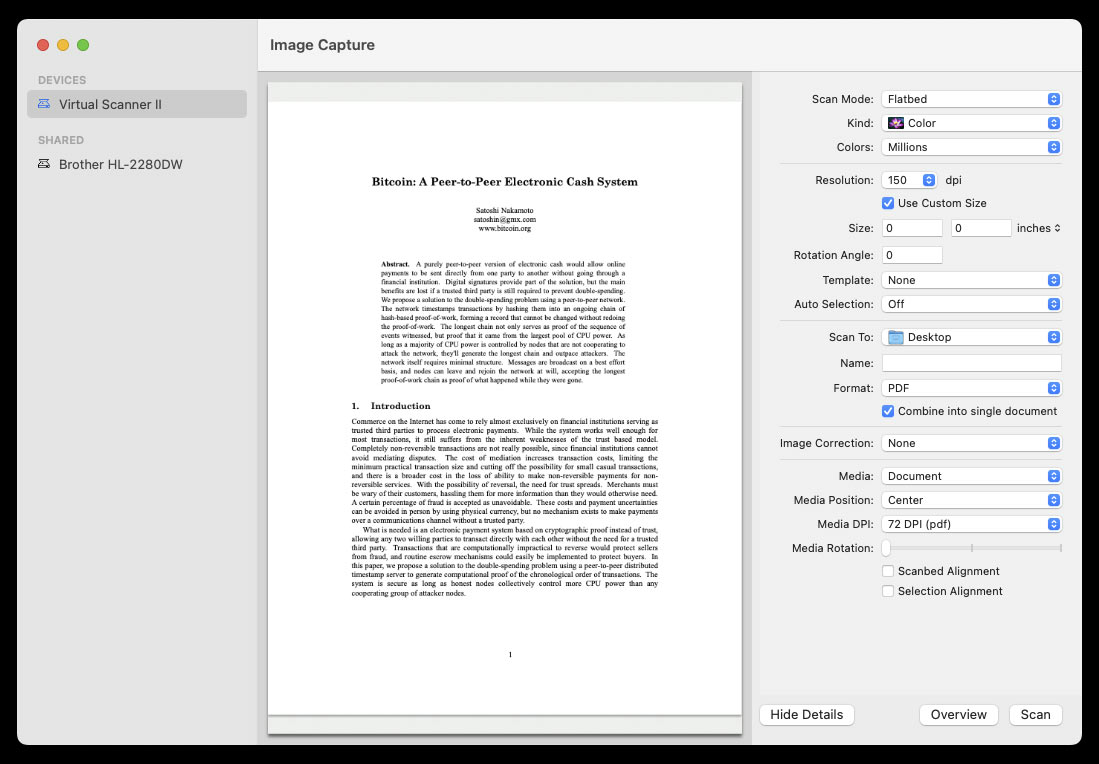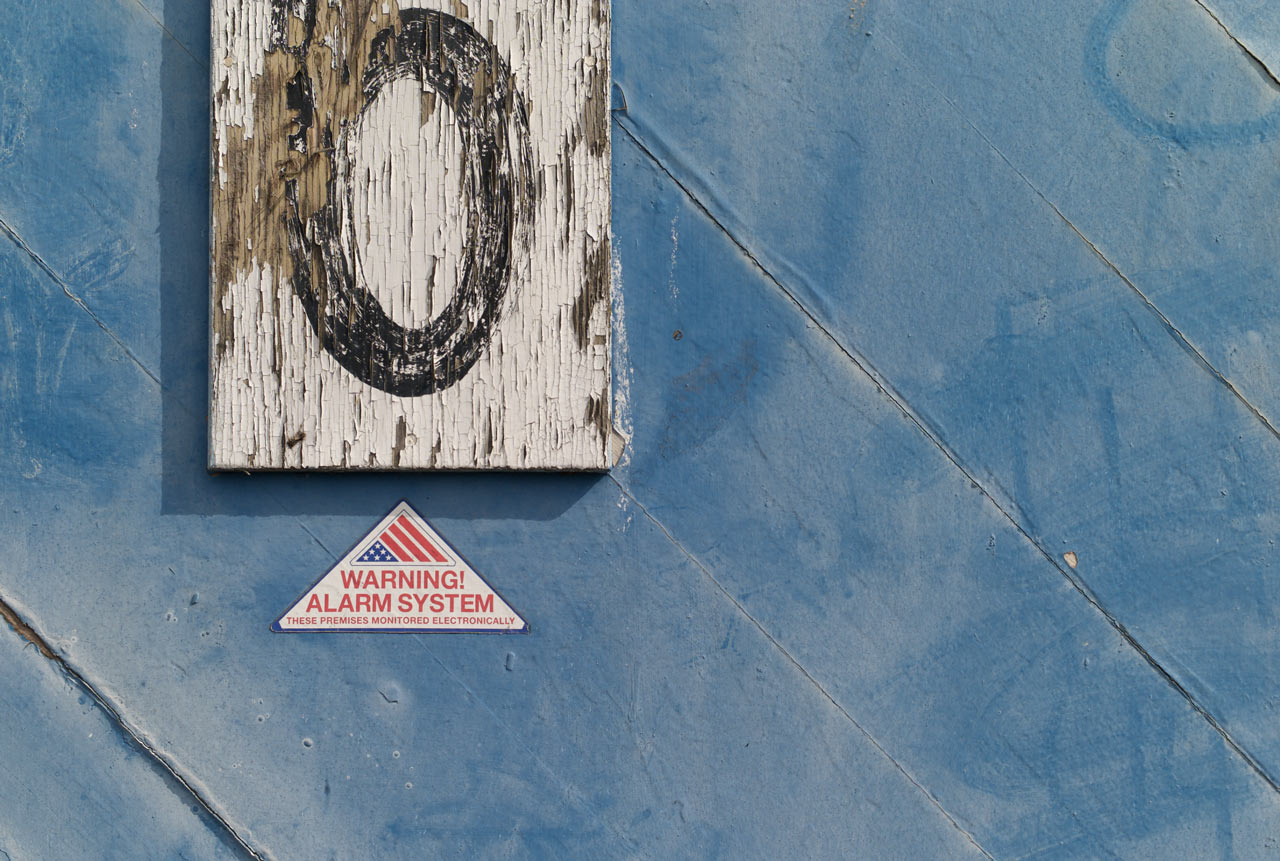
It has been brought to public attention that every release of Apple’s MacOS since Mojave (2018) has included the full Bitcoin whitepaper, as inked by the mysterious Satoshi Nakamoto. Why the file is there is a bit of a mystery, but there are a few theories about its reason for inclusion with the OS.

The presence of the ‘Bitcoin: A Peer-to-Peer Electronic Cash System’ PDF was (re)discovered by Andy Baio from Waxy. The file came into view when Baio was fixing a printer issue. Intriguingly the file is used by a sometimes hidden service called ‘Virtual Scanner II’ which may have something to do with importing documents from Apple’s iOS devices.
If you are a Mac user with an OS from 2018 or newer, you can use the following steps to uncover the Bitcoin whitepaper on your fixed storage:
- Open the Terminal app
- Get ready to type
- Input “open /System/Library/Image\ Capture/Devices/VirtualScanner.app/Contents/Resources/simpledoc.pdf” without the quotes
- Hit enter
- View document while stroking chin in satisfaction
The above process should immediately open the PDF in question. However, if you do have a visible device called ‘Virtual Scanner II’ on your system, you can see the first page of the ‘simpledoc.pdf’ in the default scanning preview window when you set the image capture parameters to ‘Document’ and ’72 dpi’.
A source that spoke to Baio says that the inclusion of the Bitcoin whitepaper has been internally filed as an issue at Apple, but has yet to be addressed by the OS development team.
In his post on Waxy, Baio admits that he only just rediscovered this peculiar OS-bundled file. The Bitcoin whitepaper and some other apparently useless files were a hot topic on the Apple Community notice boards back in 2020. Another notable OS stowaway with no apparent link to a system app/tool is a high-resolution JPEG photo of a sign, said to be a scene from Treasure Island in San Francisco Bay.

Back when operating systems came on an embedded ROM or a floppy disk or two, there was no room for bloat, but in the new millennium, it seems like megabytes of random detritus can remain undiscovered and uncommented upon for years.







